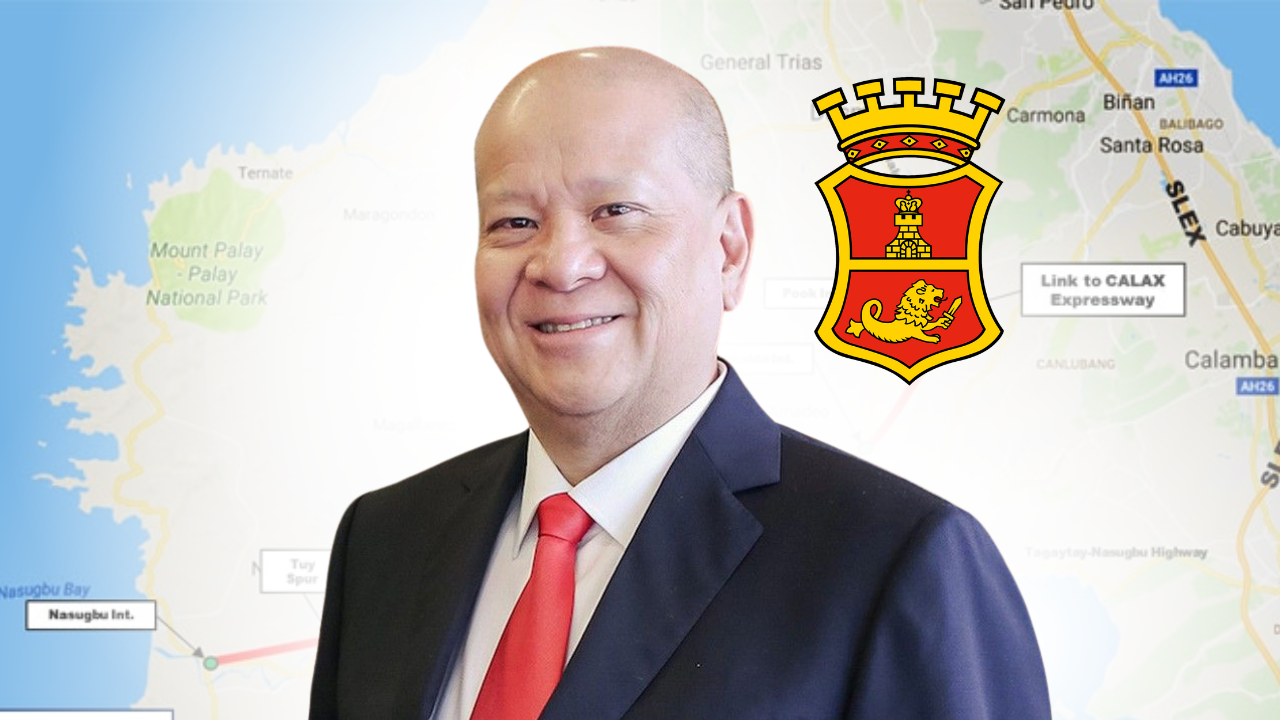Tycoon Ramon Ang-led San Miguel Corp (SMC) is set to secure a contract to build, operate, and maintain the P27-billion Cavite-Batangas Expressway (CBEX) Project after the conglomerate’s unsolicited bid went unchallenged.
The Cavite government said the Swiss challenge — the process of seeking counter-offers for unsolicited project proposals — for SMC’s proposed CBEX ended last January 24 with no bid contenders.
“Despite adequate information and time given to all prospective bidders, no
competitive proposal was received by the PPP-Selection Committee before the bid
submission deadline,” said the provincial government in a press release.
This means that the CBEX project may soon be formally awarded to SMC which would then become the Cavite government’s joint venture partner, marking an important step towards starting its construction.
Meanwhile, Metro Pacific Tollways Corp. (MPTC) of businessman Manny V. Pangilinan maintained it will push through with its proposed P25-billion Cavite-Tagaytay-Batangas Expressway (CTBEX) despite San Miguel’s CBEX overlapping with the project.
The proposal of MPTC, conceived in early 2016, is still awaiting approval from the National Economic and Development Authority.
San Miguel’s proposed CBEX will start at Silang East Interchange of the Cavite-Laguna Expressway (CALAX). It will cross the municipalities of Silang, Amadeo, Tagaytay, Indang, Mendez, and Alfonso in Cavite and Nasugbu in Batangas.
On the other hand, MPTC’s proposed CBTEX is a 50.42-kilometer toll road that will connect from the Silang East Interchange of CALAX and will traverse the municipalities of Silang, Amadeo, Tagaytay, Mendez, Alfonso, and Magallanes in Cavite and Tuy and Nasugbu in Batangas.
Once operational, both CBEX and CBTEX are expected to cut travel time between Cavite and Batangas, as well as to boost trade and local tourism in the two Southern Luzon provinces.
Thumbnail photo made via Canva









